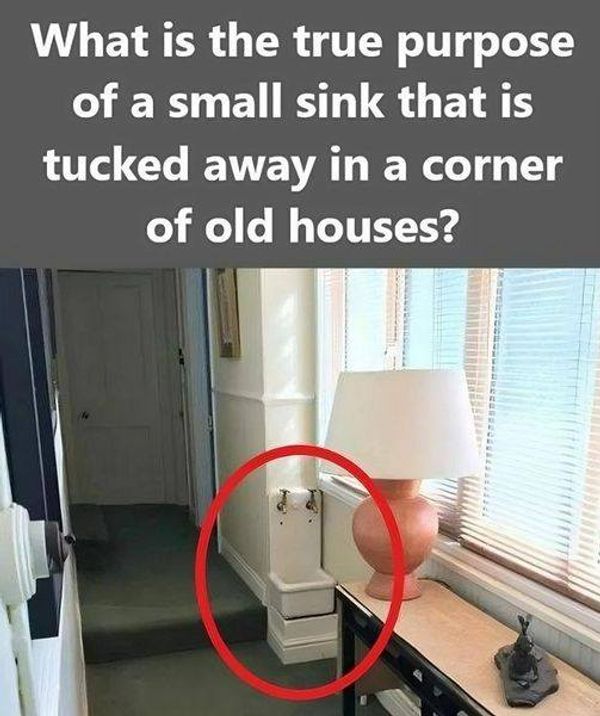
In our exploration of old buildings, there is an often overlooked yet fascinating detail that catches the eye—the mop sink. This humble fixture holds a rich history and provides valuable insights into past cleaning practices. It serves as a silent witness to bygone eras and played a crucial role in promoting cleanliness and order.
Back in the day, housekeepers had to rely on hefty buckets and soapy mops to keep buildings clean. However, the mop sink was designed to streamline their cleaning routines and lighten their burden. Its practicality simplified the process of maintaining cleanliness, making it a valuable addition to any building.
It’s worth noting that the mop sink is often mistaken for the butler’s sink, which served different purposes. While the larger butler’s washbasin served various needs, the mop sink had a specialized function in cleaning equipment.
Even in today’s world of advanced technology, the simple and functional design of mop sinks remains relevant. When we encounter these modest fixtures in old buildings, they offer us a glimpse into the historical methods of cleaning. They preserve a tradition of household management and contribute to our understanding of history when discovered in historic structures.



